Tooth Extraction in Iran
- Total Stay: 2 Days
- Clinic Stay: Not Needed
- Anesthesia: Local
- Recovery: 1 – 7 Days
Tooth extraction in iran step by step
Get informed guidance every step of the way – each step of the process, from initial inquiry to postsurgical care, is mapped out in detail so you know what to expect.
Cost of tooth extraction in Iran
In Iran, the cost of tooth extraction can vary depending on several factors, such as the complexity of the extraction. These factors include the tooth location and the dentist’s experience. On average, tooth extractions in Iran cost $30 to $100.
Tooth Extraction Surgeons in Iran
When it comes to finding the finest specialist to perform a tooth extraction in Iran, it is imperative to consider their qualifications, experience, and patient reviews.
Dentists who specialize in oral surgery or have extensive experience in tooth extractions are often the right choice. It is advisable to consult with multiple specialists and ask about their success rates and the techniques they use to ensure a safe and effective procedure.

Our Hotels
International care, local comfort
Accommodation is one of the services that Iran health agency provides for its clients. we are here to book hotel, hostel or recovery house according to your budget, hospital and clinic location.
to meet your comfort needs Booking of the accommodation is done in advance. After airport pick-up you will directly be transferred to hotel so it helps a lot to save your time.
Reviews
What is tooth extraction?
Tooth extraction is a common dental procedure that involves removing a tooth from its socket in the jawbone. It is often necessary when there is an infection or when a tooth is beyond repair. The procedure is usually painless and can be done with local anesthesia.
- Removal of a tooth from its bone socket using specialized dental instruments.
- Performed when a tooth is damaged beyond repair or unable to be saved by other treatments.
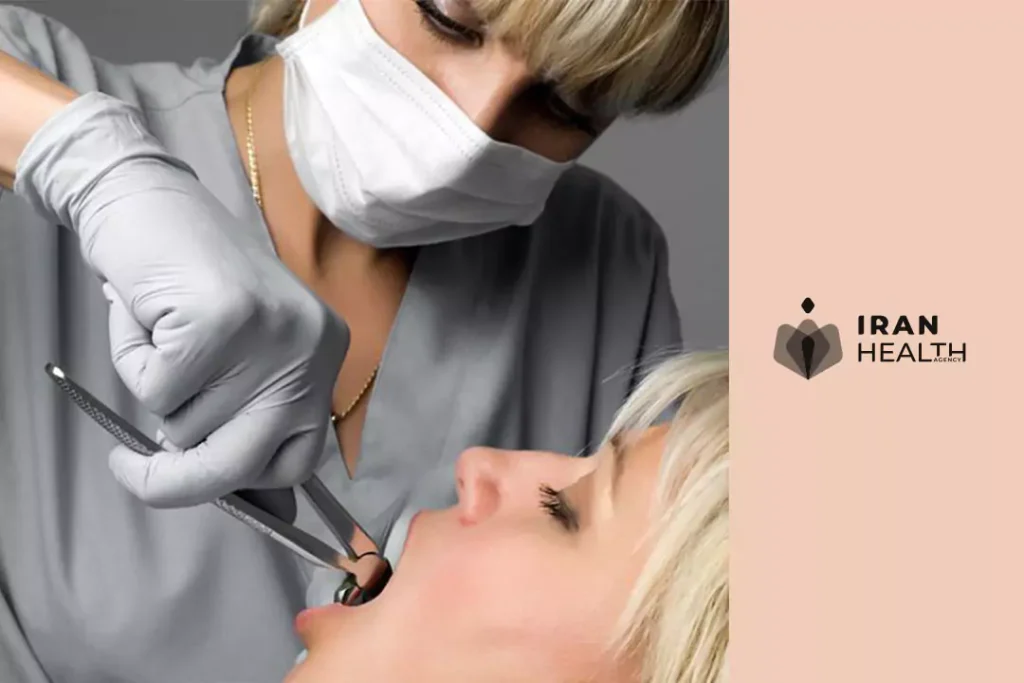
A comparison of before and after tooth extraction:
The before and after results of a tooth extraction can vary depending on the individual’s oral health and the reason for the extraction. In cases where a tooth is severely damaged or infected, extraction may be necessary to alleviate pain or prevent further complications. After the extraction, patients may experience relief from pain and improved oral health.
After a tooth extraction, it is natural to experience discomfort and swelling.
Reasons for extraction:
- Severe tooth decay or infection
- Fractured or broken teeth
- Orthodontic treatment
- Wisdom teeth problems
- Overcrowding
- Periodontal disease
- Impacted teeth
- Before chemotherapy/radiation
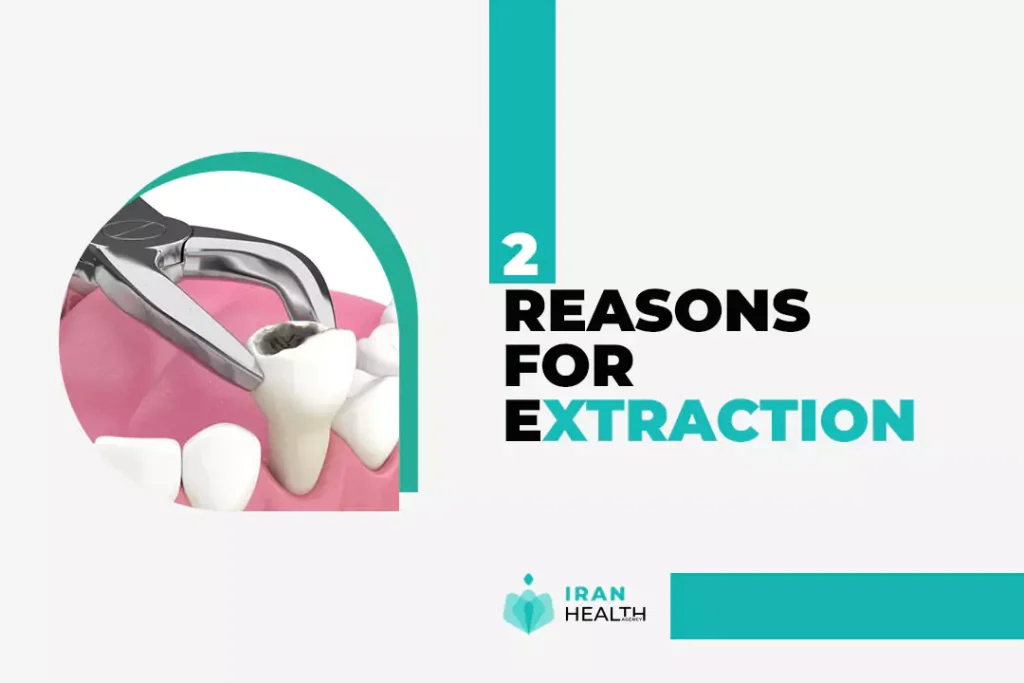
Types of extraction:
- Simple extraction – the tooth is visible and can be removed directly.
- Surgical extraction – for broken, impacted, or complicated cases requiring bone removal.
Tooth extraction and healing process
The healing process is typically straightforward and can be aided by following post-extraction care instructions. These instructions may include avoiding smoking, rinsing the mouth gently with warm salt water, and taking any prescribed pain medications or antibiotics.
Healing after a tooth extraction typically takes a few days to a couple of weeks. During this time, it is crucial to follow proper oral hygiene practices to prevent infection and promote healing. Keeping the extraction site clean includes brushing gently, avoiding hard or chewy foods, and rinsing with saltwater.
Healing and recovery:
- Initial healing takes 5-7 days.
- Swelling and bruising improve after 48 hours.
- Numbness can last for several hours to weeks.
- Bone takes 3-4 months to heal.
- Follow all post-OP instructions carefully.
After extraction:
- Use gauze to control bleeding by applying pressure.
- Swelling and pain can be managed with ice packs, OTC pain meds, and rest.
- Eat soft foods, and avoid strenuous activity for 24 hours.
- Oral hygiene is crucial – gently rinse with warm salt water.
- Stitches may dissolve or become loose after one week.
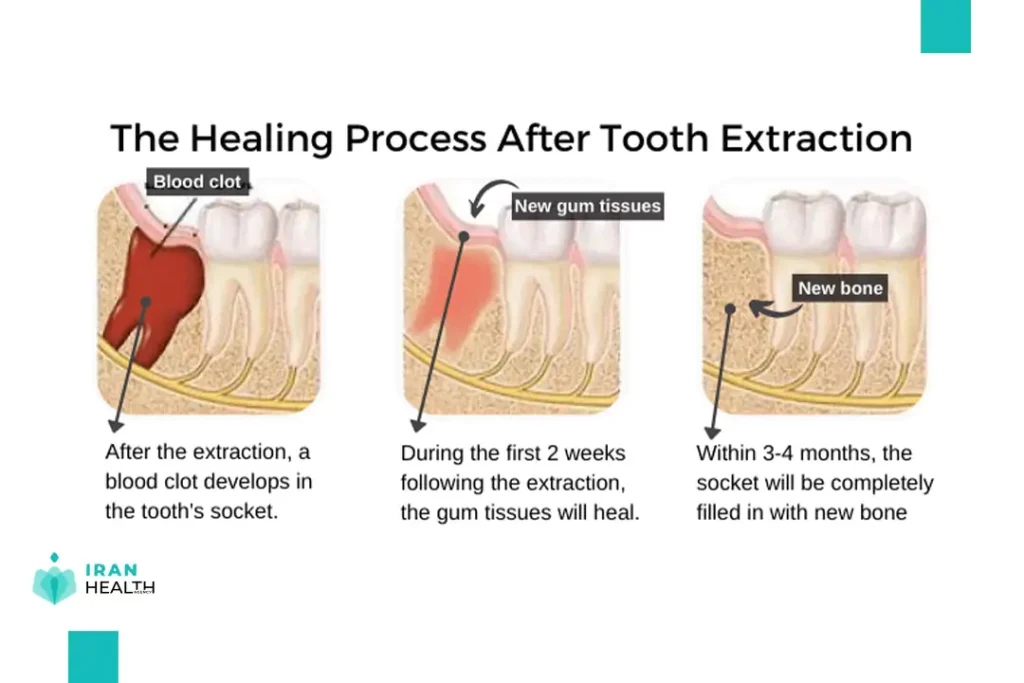
The extraction procedure is:
- Local anesthesia numbs the area.
- The dentist uses specialized dental tools to loosen and remove the tooth.
- For surgical extractions, the bone may be contoured and tissues retracted.
- The site is cleaned and sutured closed for healing.
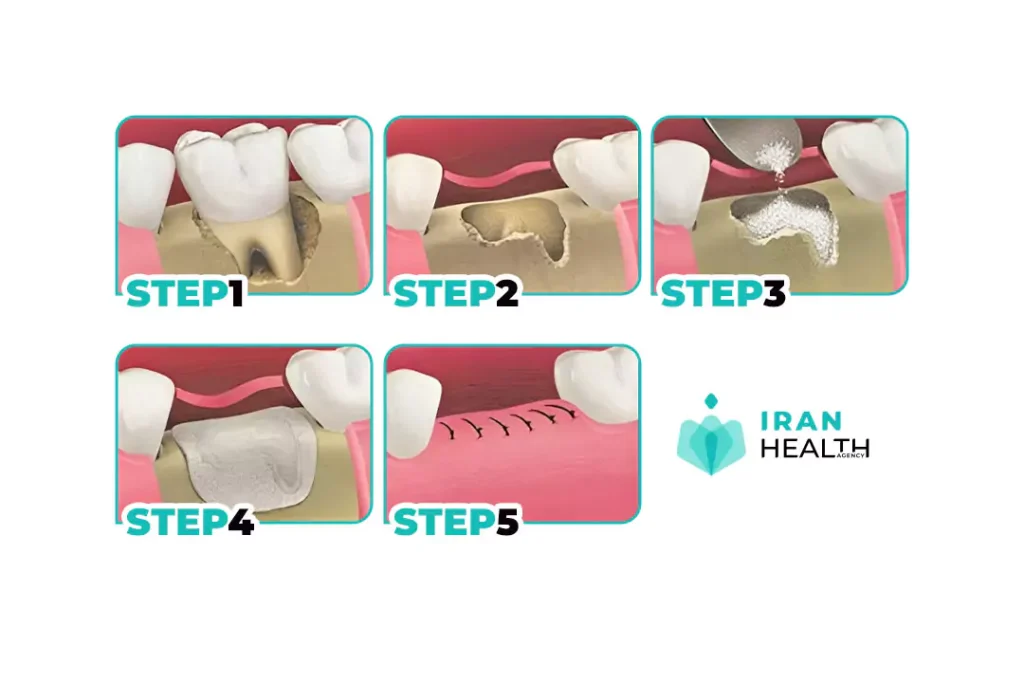
Frequently Asked Questions About Tooth Extraction
Why would I need a tooth extracted?
Common reasons for tooth extraction include severe tooth decay/damage, advanced periodontal disease, cracked teeth, orthodontic preparation, and infected teeth that cannot be saved with other treatments.
What is the process of extracting a tooth?
The dentist will numb the area with local anesthesia. They will then use specialized dental tools to loosen and carefully remove the tooth. For impacted teeth, some bone may need removal, and stitches may be placed.
How long does the procedure take?
Simple extractions usually take about 5-10 minutes. Surgical extractions of impacted or problematic teeth may take 30-60 minutes. Overall, appointment length depends on the number of teeth.
Is tooth extraction painful?
There may be some pressure/discomfort when numbing and loosening the tooth, but the process should not be painful, thanks to the anesthetic. Take prescription pain medication afterward as directed.
What is the recovery time after a tooth extraction?
Healing takes 1-2 weeks. Swelling and minor pain is normal for several days. Avoid strenuous activity initially, and rinse your mouth gently with saltwater. Follow all post-operative care instructions.
What are the risks and complications?
Potential issues include dry socket, bleeding, nerve damage, infection, and sinus involvement for upper teeth. Proper wound care minimizes risks. Seek medical help if worrisome symptoms appear.
Will I need to have the gap filled with a dental implant?
A dental implant or bridge is often done to replace extracted teeth and fill the gap. Some people opt to leave the space simply. Discuss restoration options with your dentist.




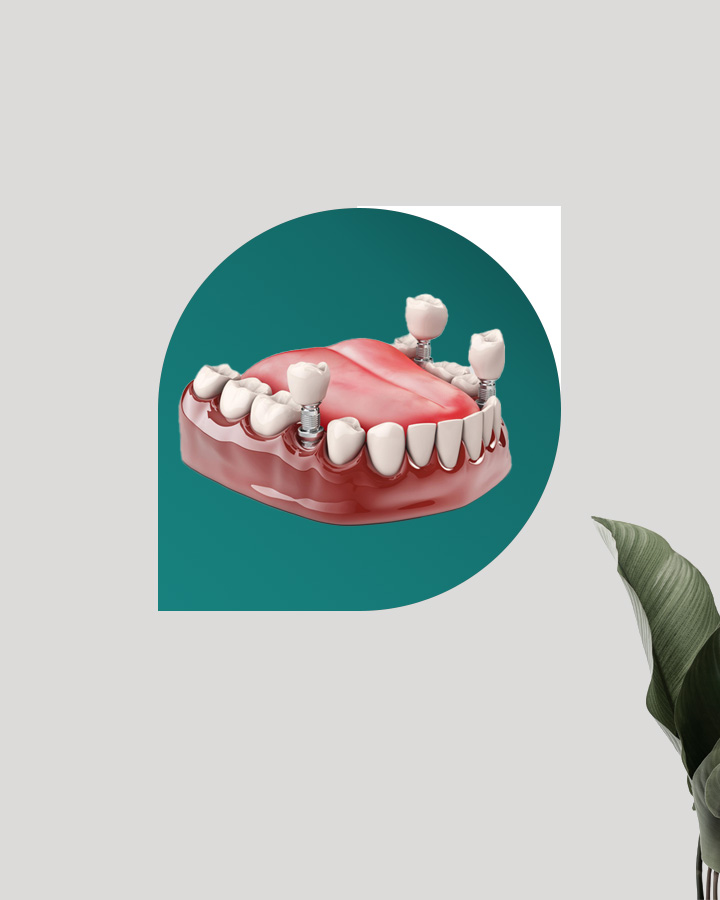
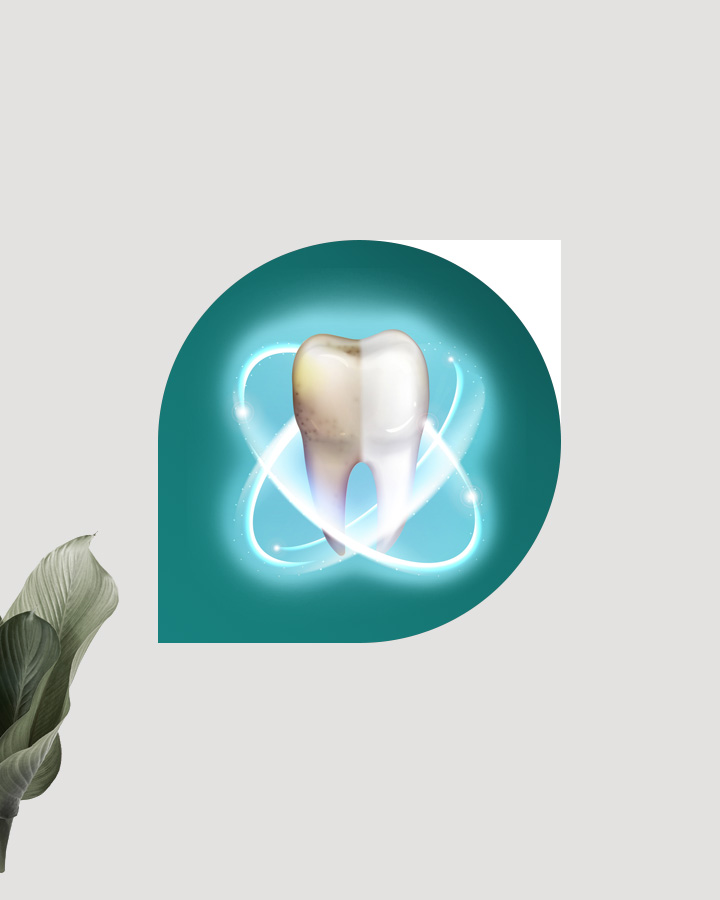
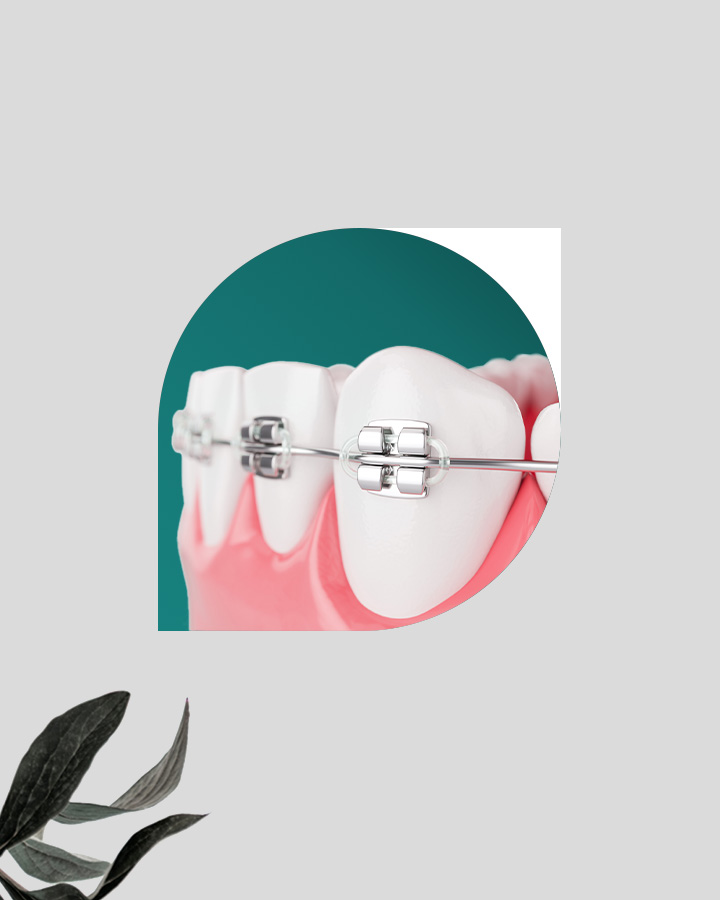

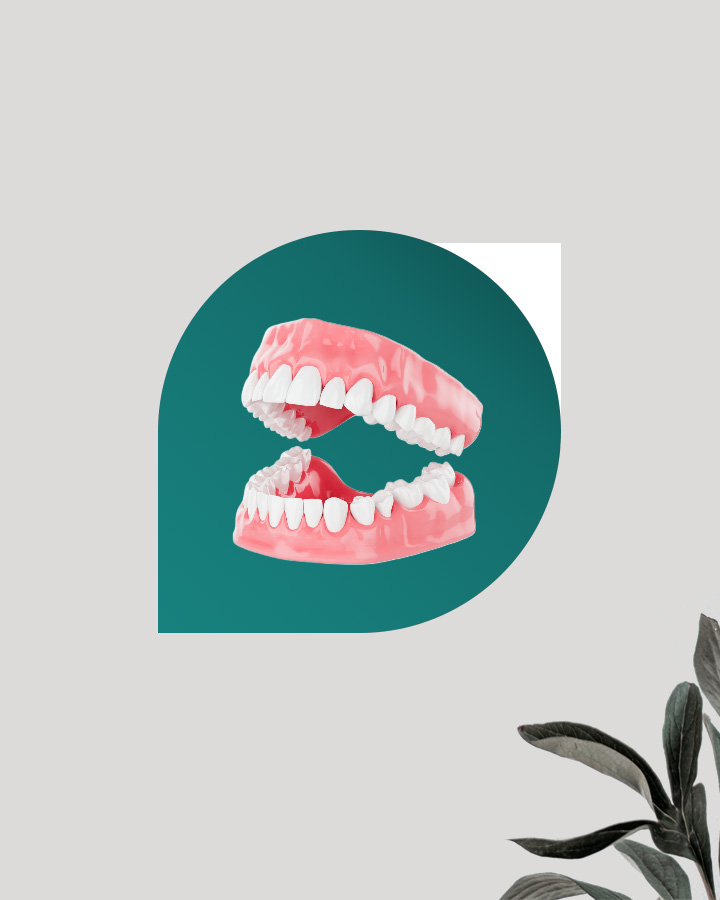
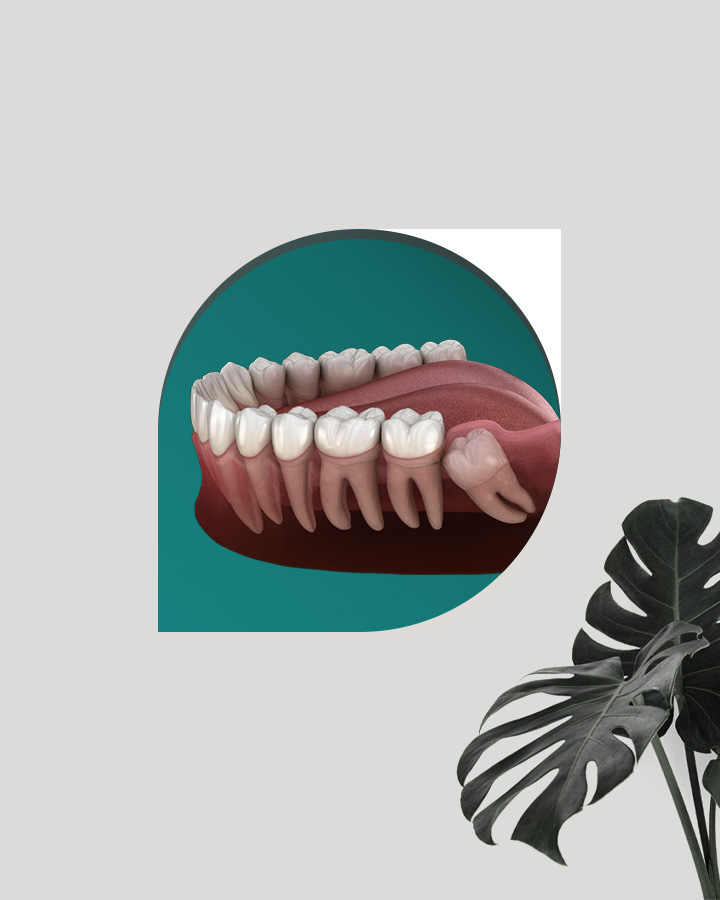
How much is tooth extraction in iran?
tooth extractions in Iran cost $30 to $100.